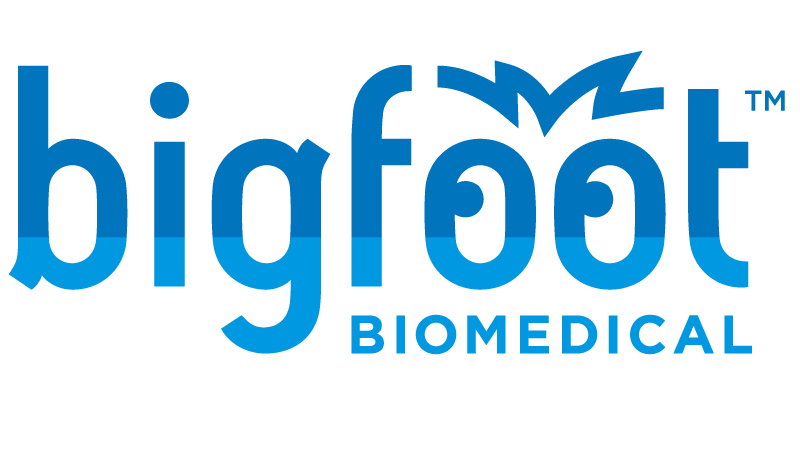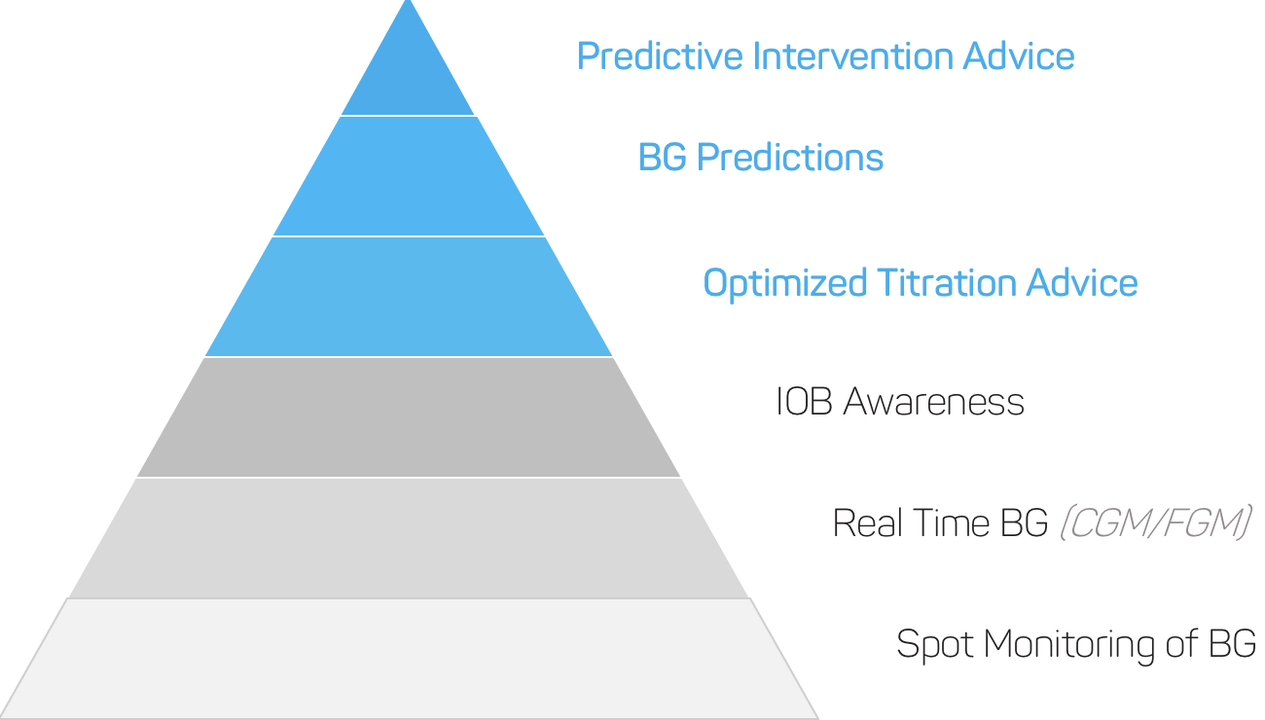
I've been living with Type 1 diabetes for more than 30 years, and I have worked hard to never let my condition slow me down or limit me. I am a regular at my local Crossfit box, I have completed the largest bike and cross-country ski races in the world and numerous triathlons and half-marathons. I have lived in Africa, Europe and the United States.
Managing diabetes, however, takes its toll on a daily basis. It’s seeing a mathematics equation (calculating carbs vs insulin dose) where someone else sees a plate of delicious food. It’s always having to check in with my body to see if I’m feeling irritated because of low glucose or a legitimately irritating scenario. For most of my life, I’ve managed my insulin intake with an insulin pen. Over the course of 30 years – with an average of four insulin injections a day – I’ve injected myself at least 50,000 times! These injections typically don’t hurt and aren’t traumatic for me, and the monotony of the routine made them happen on some sort of autopilot, which too often left me asking myself if I had taken my insulin shot or not.
In 2010, I built a replacement cap that fit onto the majority of existing insulin pens with a built-in timer to keep track of how long it had been since my last dose was administered. A company called Timesulin sprang out of this innovation helping hundreds of thousands of people across nearly 40 countries – because so many people living with diabetes could relate to the problem of forgetting when and whether they took their shot of insulin. Over the course of seven years, I’ve met thousands of people – just like me – who have found the simplicity of Timesulin’s solution to be life-saving.
Likewise, automated insulin delivery systems, sometimes called “artificial pancreas” or “closed-loop” systems, have the potential to revolutionize the way people with diabetes treat their condition. I know because I hacked together my own system following in the footsteps of an incredible community of patient hackers, desperate to get what the market was unable to provide to me. The experience has changed my life. Nighttime hypoglycemia, or low glucose, has mostly disappeared from my life and my latest HbA1c puts me in the range of someone without diabetes. In building my system, I necessarily questioned why it seemed no one was working on creating a similar system for people using insulin pens. More than half of all Americans with insulin-requiring diabetes – and nearly 90 percent of people in Europe – use pens, not pumps. Why were are all of these device companies, research centers, and nonprofit groups focusing their research and investments into insulin pumps when the vast majority of people with insulin-requiring diabetes throughout the world use – and sometimes prefer – an insulin pen?
Pens vs. Pumps
Insulin pumps are high-tech, sophisticated devices that can be programmed to deliver predetermined rates of insulin over a full day. They can also store important data that can be shared with a healthcare provider, including how much insulin was delivered, when, and under what circumstances (e.g. for a meal vs for a glucose correction).
But pumps must be attached to and worn on the body, are expensive to use and support, and some are about as subtly designed as Game Boy consoles from the early ‘90s – with intrusive alarms and bulky form factors. Additionally, they require specialized training to be used.
Pens, on the other hand, are comparatively affordable, lightweight, and can be carried in a pocket. A pen can be a great solution for people who choose to minimize the intrusion of diabetes in their daily lives.
Pens are convenient and discreet, but so far have not been programmable and do not capture data. The way we dose insulin via pens today doesn’t allow for the customizable fine-tuning of doses that a pump can provide, which is why pumps, historically, have been the foundation for automation efforts.
Vision
My experience of creating Timesulin, together with the incredible benefits of wearing my DIY automated insulin delivery system, fueled my pursuit of bringing the life-altering benefit of automated insulin delivery to insulin pen users. And it was here that I crossed paths with the team at Bigfoot Biomedical, who from the company’s founding have believed that connected pen systems must be part of a comprehensive solution to the challenges of insulin delivery, and where I now lead the effort to develop systems for injection users. Bigfoot is developing technology with the goal of connecting the three key components of what I believe will be revolutionary to those people on injection therapy: the ability to capture the data from an insulin pen regarding when insulin was taken – and how much, the ability to integrate data from a continuous glucose sensor, and control algorithms which will use machine learning and artificial intelligence to analyze and respond to all the data. Integrating these elements together, we hope to scale the benefits of insulin automation for the majority of people served by insulin pen therapy.
The work to be done
When automated insulin systems become the standard of care, there will still be millions of people who prefer a lifestyle on pens as opposed to pumps, and there is no reason why people who choose to administer their insulin with an insulin pen should be left behind.
People with insulin-requiring diabetes, and the clinicians who provide their care, deserve innovation and choice in managing their diabetes, which means access to simpler devices that can recommend insulin doses, offer valuable treatment insights, can connect to glucose sensors, and ultimately offer hope of improved outcomes.
After all, we can innovate and iterate on all the devices people need to live well with insulin-requiring diabetes, not just some of them.
I’m excited to lead that, and I’d like to hear from you. Are you a pen user yourself? Or a healthcare provider who prescribes pen therapy? Let us know your challenges. We’re committed to solving them.


